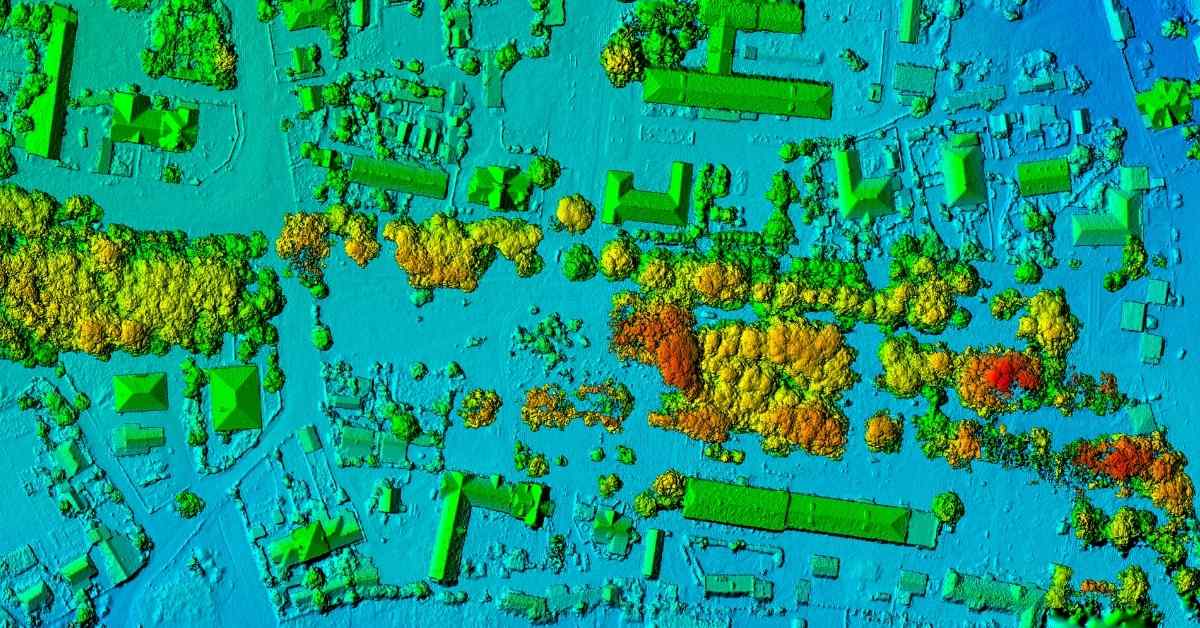Before you make any changes to your property, whether you want to plant more trees or install a fence, you need to know a few things about your land. A geographic information system (GIS) can help you assess your property and see how structures, plants, and other details interact. A GIS can also help you get to know your neighborhood better and help you decide where to live next.
Get to know how GIS mapping works and how you can make it work for you as a homeowner.
What Is GIS Mapping?
A GIS is a computer system that captures, checks, stores, and displays data based on how it relates to positions on Earth. Using a GIS, you can connect data that seemingly have no relation. Seeing the connections can help you better understand patterns and relationships between objects.
GIS mapping connects descriptions of items to their location on a map. The data contained on a GIS map can vary and include multiple forms. For example, you might make a map with vegetation, buildings, and streets. Each category of thing gets its own layer on the map. Vegetation is one layer, buildings are another, and roads are a third. When you stack the layers together to create the map, you can see how they interact together. There might be trees growing where you want streets to be or a building where a tree wants to grow.
GIS mapping is used in various industries, from real estate to transportation and education to utilities. The industries that rely on GIS use it for the following:
- To identify trends
- To identify areas of concern
- To track changes
- To establish priorities
- To make forecasts
When GIS Mapping Is Important to Homeowners
GIS mapping sounds cool, but what can you do with it? GIS actually has a lot of benefits to offer homeowners, particularly those who are curious about what goes on around their property. If you want to add structures to your home or build a fence around your property, GIS mapping can also come in handy.
Indianapolis has a GIS mapping system that provides plenty of property insight for homeowners. One of the maps available provides detailed neighborhood information. To use it, you type in your home address. The address appears on the map and a list of nearby amenities. You can click on each category, such as daycare, cultural amenities, and education, to bring up a list of schools and programs within a defined radius of your home.
You can click on the names of programs to get more details about each one, including its location on the map and driving directions from your home.
Indianapolis also has a GIS map for zoning purposes. Enter your home’s address into the Indy Zoning Browser to see what the land is zoned for and if there are any outstanding permits. If you're curious to see if your neighbor's project complies with local zoning laws, you can type their address into the mapping system.
Beyond zoning and neighborhood information, Indianapolis's GIS mapping platforms let you track snow removal, keep tabs on public safety, and assess your property's stormwater impervious area.
Several free tools exist that allow you to make your own GIS map. You can use a site plan and survey data to create a GIS map of your property that will come in handy if you want to make changes to your home. A GIS map can be handy if you need HOA approval before any home improvement or renovation projects.
Since GIS works by creating layers, think about the layers you'll need to create a practical property map. You'll likely need one layer for the house itself, plus any other structures on your property, like your garage or a shed. If you have trees and landscaping, you'll need an additional layer for vegetation. You'll also want a layer for any sidewalks, streets, or driveways.
You can make your map larger and more relevant to your life and needs by adding details. Perhaps you want to map out the location of every coffee shop within a 10-mile radius of your home or pinpoint the location of every supermarket. You can add those layers to your map, then calculate the travel time and distance to each one.
The more data you have about your home and property, the better prepared you'll be when the time comes to make updates. If you're interested in installing or replacing a fence in the Greater Indianapolis area, HOA Affordable Fence Builders can help. We provide fencing consultations to ensure your fence project follows local laws and HOA requirements. We'll help you choose a fence that matches your style and complies with regulations.



